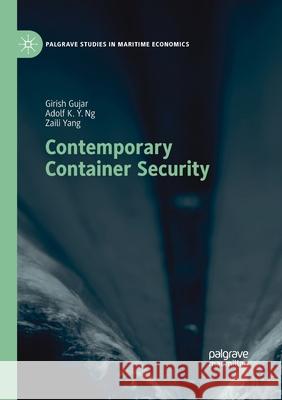Contemporary Container Security » książka
topmenu
Contemporary Container Security
ISBN-13: 9783030403782 / Angielski / Miękka / 2020 / 216 str.
Contemporary Container Security
ISBN-13: 9783030403782 / Angielski / Miękka / 2020 / 216 str.
cena 281,76
(netto: 268,34 VAT: 5%)
Najniższa cena z 30 dni: 269,85
(netto: 268,34 VAT: 5%)
Najniższa cena z 30 dni: 269,85
Termin realizacji zamówienia:
ok. 22 dni roboczych.
ok. 22 dni roboczych.
Darmowa dostawa!
Kategorie:
Kategorie BISAC:
Wydawca:
Palgrave MacMillan
Seria wydawnicza:
Język:
Angielski
ISBN-13:
9783030403782
Rok wydania:
2020
Wydanie:
2018
Numer serii:
000840449
Ilość stron:
216
Waga:
0.28 kg
Wymiary:
21.01 x 14.81 x 1.24
Oprawa:
Miękka
Wolumenów:
01
Dodatkowe informacje:
Wydanie ilustrowane











